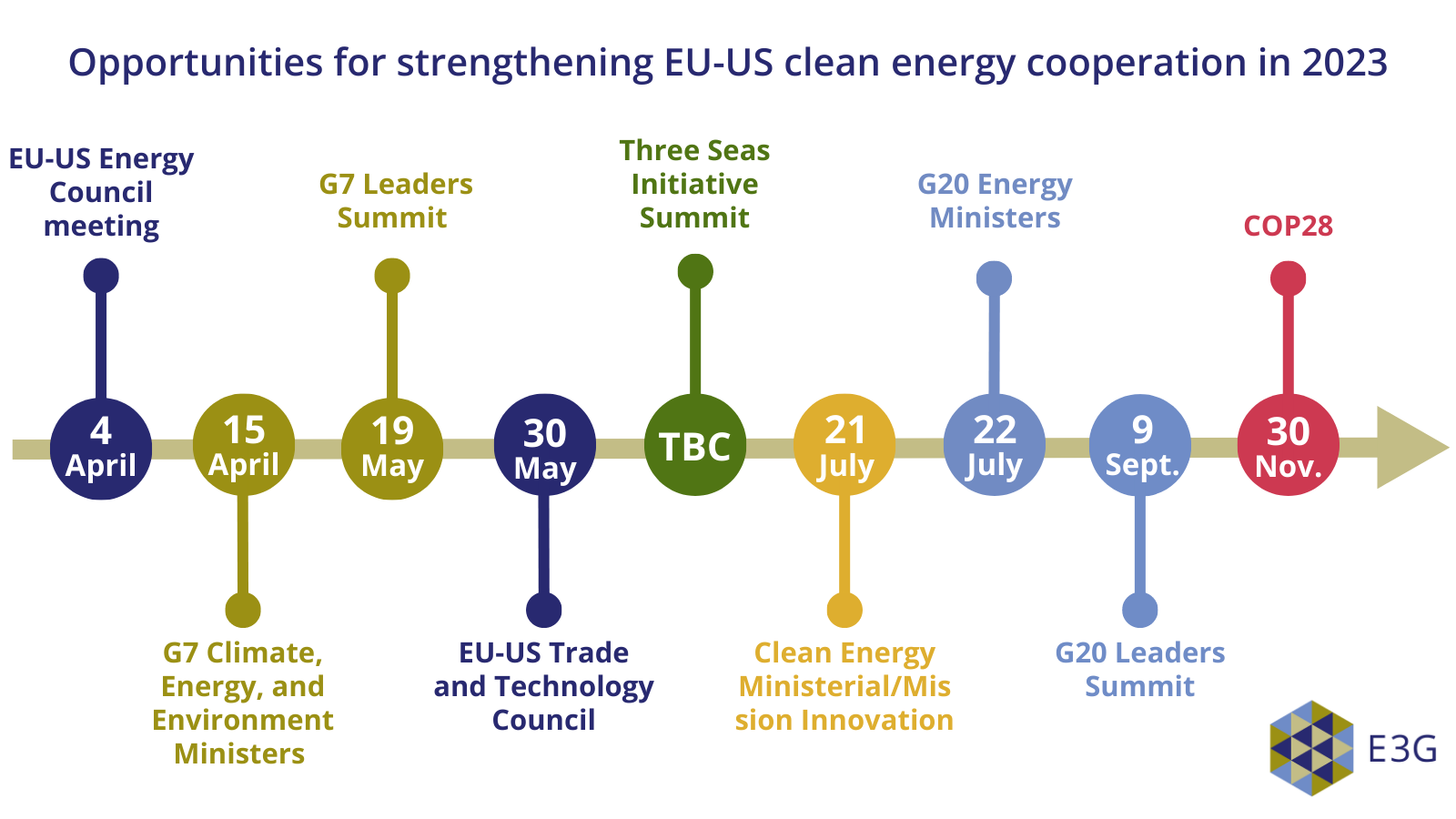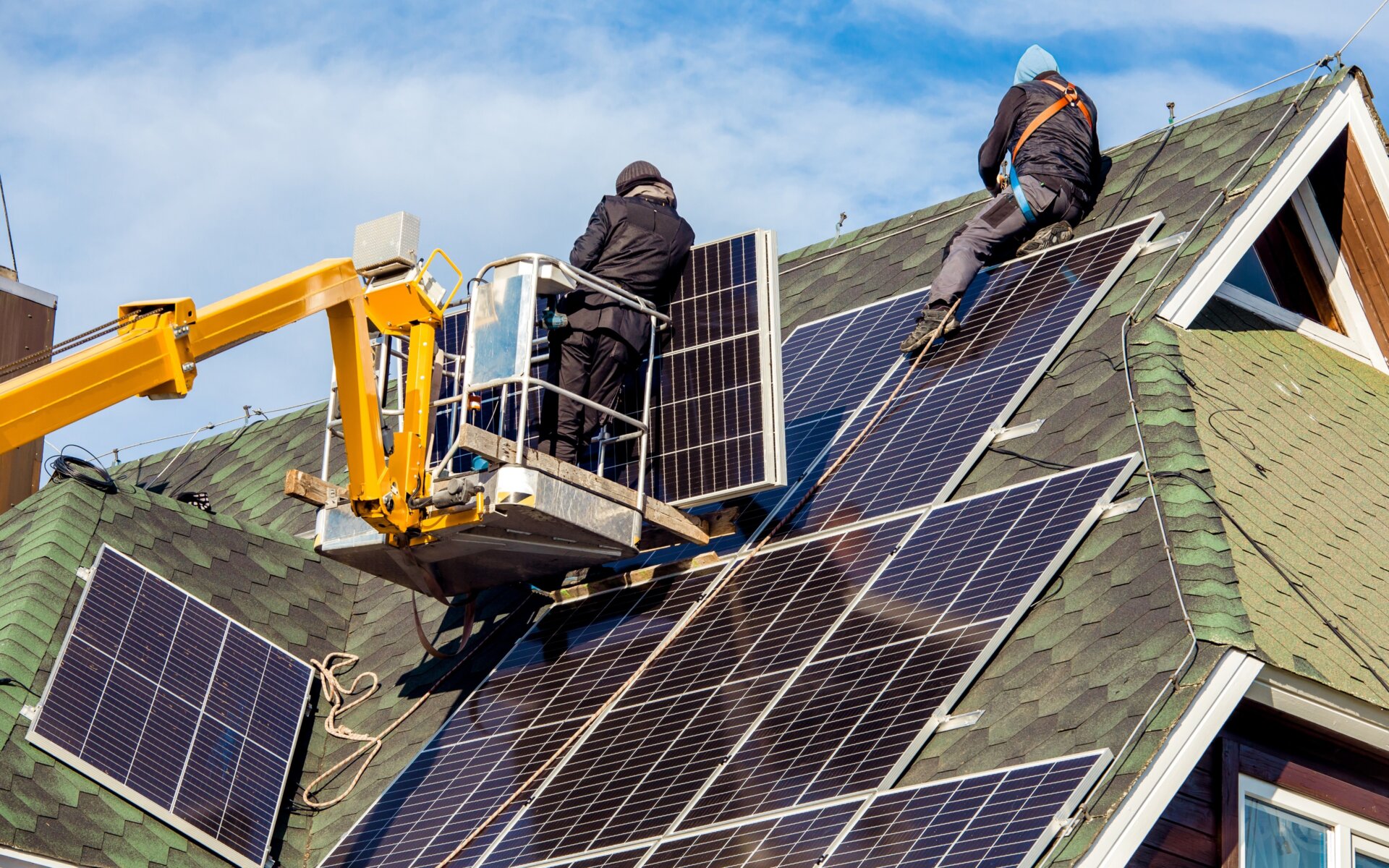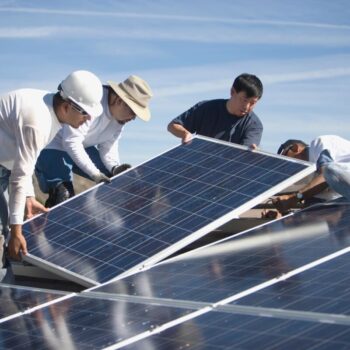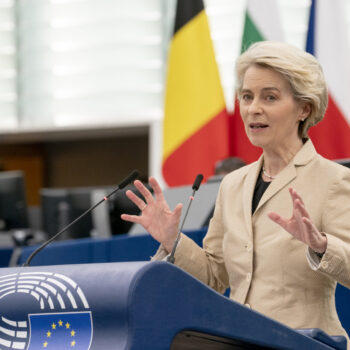EU – US cooperation on the clean energy transition can strengthen economies and energy security on both sides of the Atlantic and in third countries. Recent European concerns over the potential impact of the US Inflation Reduction Act on the EU’s clean technology industry have elevated transatlantic clean energy diplomacy to the highest political level. This briefing identifies the many opportunities to expand clean energy cooperation through existing diplomatic forums and initiatives.
As the world’s first and third largest economies and each other’s largest trading partners, the US and EU play a significant role in shaping the global clean energy transition. The US Inflation Reduction Act (IRA) and European Green Deal demonstrate leadership and domestic implementation of international climate commitments. Passage of the IRA had the added effect of centring clean energy at the heart of discussions on economic modernisation and global competitiveness, pushing the topic to the highest political level.
The EU and US already cooperate on energy diplomacy across a range of established forums and initiatives. A step change is needed to enable the energy transition on both sides of the Atlantic to become a key driver of energy security and economic resilience. Our briefing makes recommendations about how to expand cooperation across the three areas below.
1. Energy security and resilience
- Prioritise energy demand reduction, energy efficiency, and clean energy in forums and initiatives focused on energy security cooperation, including the Task Force on Energy Security and Three Seas Initiative.
- Rally international organisations and diplomatic events around clean energy delivery to ease global energy markets. Areas of focus this year include:
- Committing at COP28 to phase out all fossil fuels;
- Recommitting to achieve net zero power sectors by 2035 among G7 members, setting out delivery roadmaps, and working to extend this target to additional OECD members;
- Fully delivering on the Glasgow pledge to align public support with the clean energy transition and away from the unabated fossil fuel energy sector.
2. Trade and investment
- Extend EU – US work on aligned rules and standards to include additional energy transition technologies. For example: aligned rules and standards on appliance and equipment energy efficiency, decarbonisation of heavy industry, and supply chains and material recycling.
- Ensure partnerships with third countries aimed at developing clean energy supply chains support human rights, environmental standards, and local value creation.
- Collaborate to fill research and innovation gaps for key clean energy solutions, such as long-term energy storage, industrial decarbonisation, and advanced smart-grid technologies.
3. Capacity building and knowledge exchange
- Strengthen EU – US coordination of technical assistance and macroeconomic support for energy transitions in third countries by launching a coordination group to guide strategic support for international partners.
- Exchange and demonstrate best practices for integrating a high percentage of renewables and other clean technologies in energy systems by initiating a transatlantic dialogue that includes officials and agencies at the regional, state, and local level.
- Share strategies and lessons learned for clean energy workforce development and achieving a just transition for workers and communities as part of advancing cooperation on just transition issues.

Read the full briefing on the priorities for EU-US cooperation on clean energy here.


